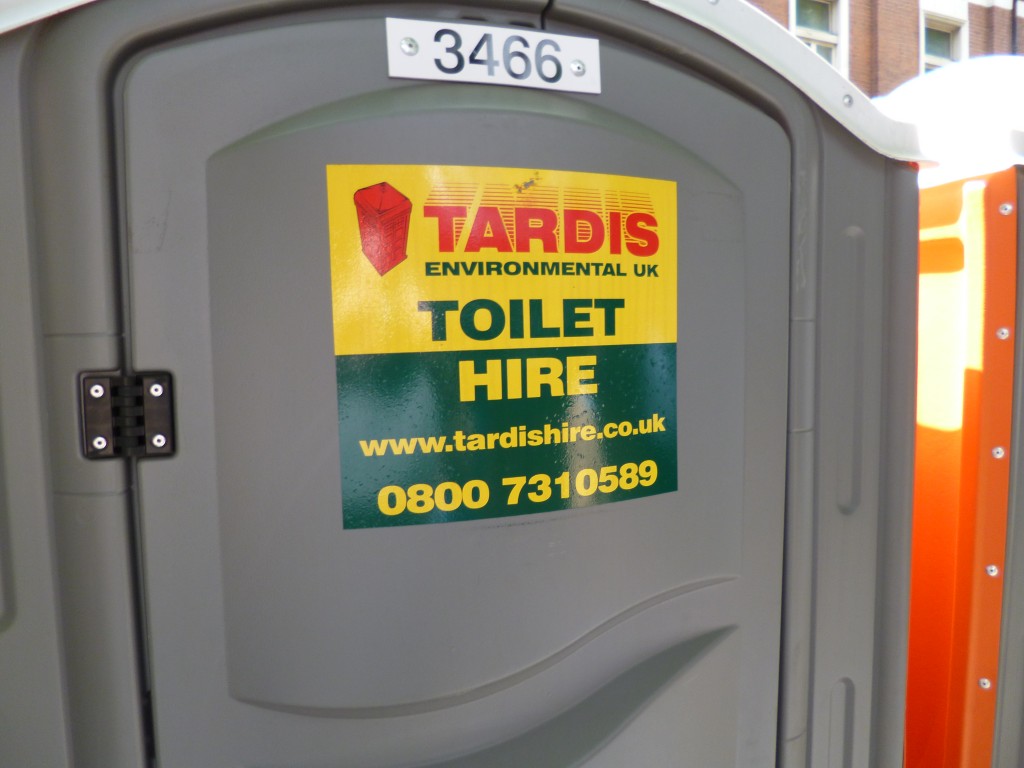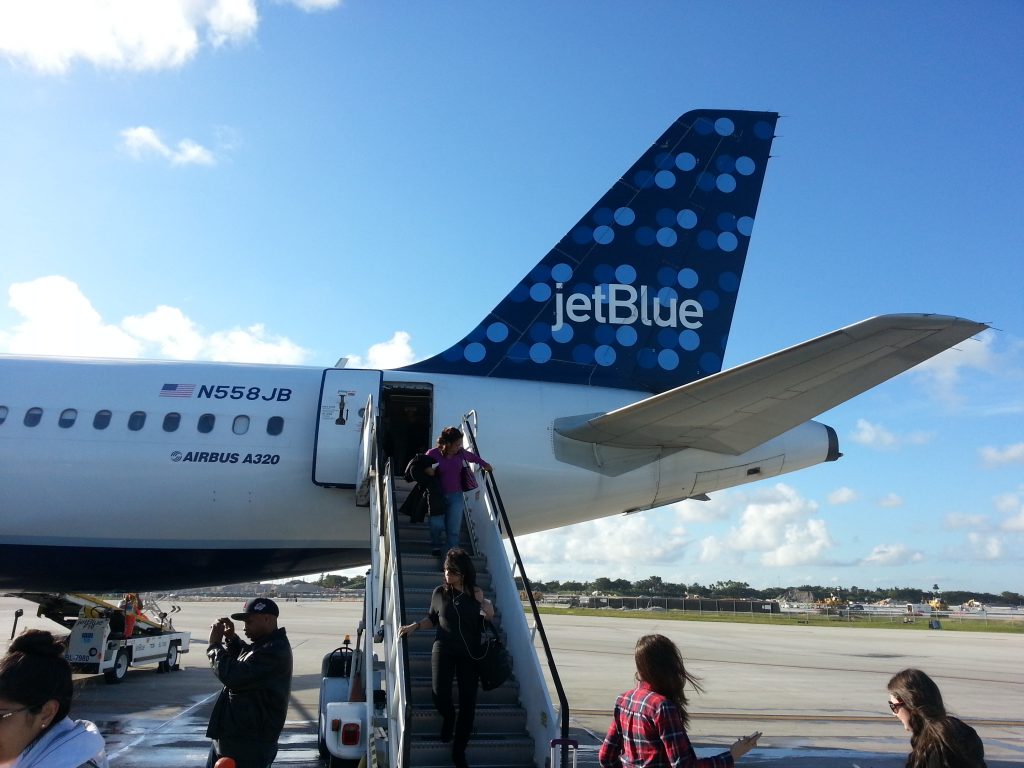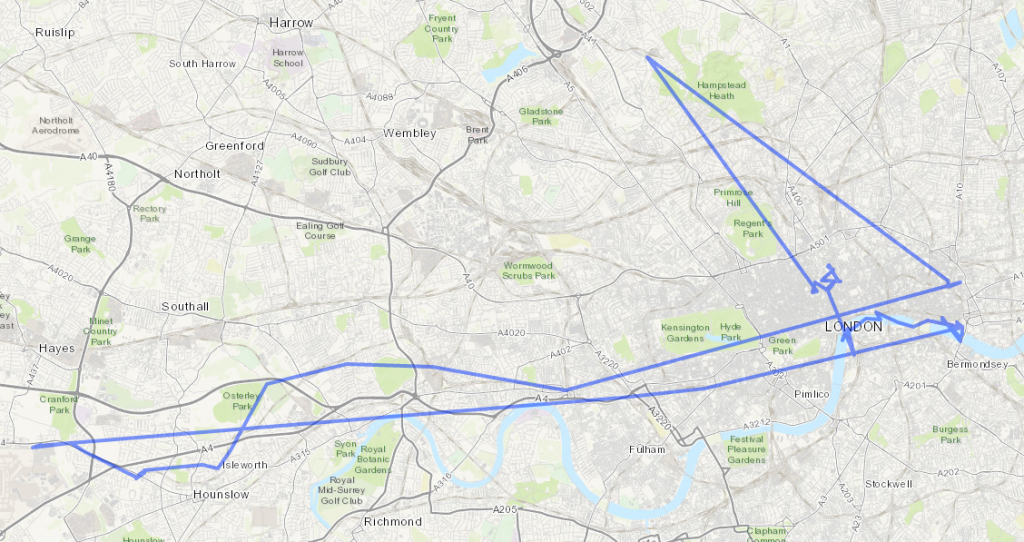I recently learned about the Indieweb movement. Their philosophy is based on the idea that you publish on your own site and syndicate elsewhere. This matches up with the philosophy I currently have.
This site, david.shanske.com, has been here for a while, not doing much, and I’ve decided to try and adopt the Indieweb concept and use it as a place to distribute to all of the various social networks. I also want to get into sharing more, and am making an effort to add content/value.
I’m still working on the formatting a bit. So, there will be some changes to site appearance as I play with the site appearance and organization.
The site currently offers multiple different types of content:
- Articles – longer form content
- Notes – Notes are short content, and I’ve divided them into some types.
- Status Updates – much like what you would expect on Facebook/Twitter
- Photos/Images – Sharing photos
- Links – sharing a link to a website/story
I am thinking about adding some more types as needed. The types are designed to have different display formats, which is why you would see some experimenting each time I post something, as I’m still trying to get it right. I do like to tinker and changes may come.
So, please pardon our appearance. Under Construction…permanently.




